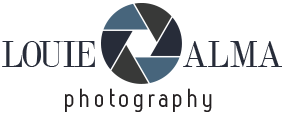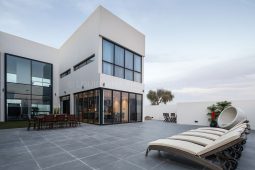Wacom, the brand that artists, graphics professionals and photographers everywhere rely on, just introduced the Wacom One 14. It’s full of features and fun, and it’s amazingly affordable. But don’t let the budget price fool you; there’s a mountain of horsepower behind the 14-inch screen.

If cost has been the major thing preventing you from enjoying the excitement of editing photos, drawings and other artwork directly on the image using a stylus and Pen Display (a/k/a Graphics Tablet) instead of using a mouse, wait no more. The Wacom One 14 is priced at $299 and is perfect for beginners, students and photography enthusiasts.
Overview & First Impressions
It took less than 15 minutes for me to set up the Wacom One 14 sample I borrowed. Plug the USB-C cable into a Mac or PC, download the driver, set up an account, and then you’re off to the races.
If you use a Mac you may have to tweak the Privacy settings, and of course you must adjust the Display settings to allow the Wacom One 14 to mirror your computer’s content. Once configured, those additional steps never have to be repeated.
The stroke of the Standard Pen (digital stylus) feels natural and intuitive, and the 4,096 levels of pressure provide outstanding control. The pen is wireless and requires no battery, and it has two customizable switches that can summon your favorite shortcuts.

I did have one problem: it took me much longer than usual to write this review. Every time I picked up the tablet, I had so much fun I just kept editing, and drawing, and goofing around. For the image above I applied Adobe’s Firefly engine to a crop of the pigeon shot and then played with it like a kitten chasing a laser pointer. But it’s okay—who needs sleep, anyway?

In the Box
• Wacom One 14 Pen Display
• Wacom One Standard Pen
• 3 x Replacement Nibs
• Nib Removal Tool
• USB-C cable – 6-foot (1.8m)
• Quick Start Guide & Important Info Page
Also included: Access to an assortment of trial and/or short-term versions of several software packages—including Clip Studio Paint Pro, Magma (Blaze plan), Concepts and Foxit software, plus Skillshare training courses—to get you started (device registration required).

REVIEW: Wacom Intuos Pro Graphics Drawing Tablet
Revitalize Your Image Editing Now With a Wacom One On-Screen Interactive Graphics Tablet
Wacom One 13 Touch — A New World of Image Editing

Compatibility & System Requirements
The Wacom One 14 is compatible with PC (Windows 10 or later), Mac (OS 13 or later) and Chromebook. USB-C port (or adapter) required. And of course, you already have the internet connection that’s needed to download the drivers.
Check Wacom support for display mode device compatibility. Users can download available drivers here.

Performance Evaluation
The 14-inch screen seems spacious compared to the 13-inch screen found on the Wacom One 13. Despite additional canvas size, the One 14 does not hog desk space, and measures 7.9 x 13.2 x 0.4 inches (201 x 336 x 10mm).
As mentioned, set up was a snap and the learning curve zero. I used the Wacom One 14 with Photoshop exclusively and was operating at full speed in no time. The two buttons on the Standard Pen are programmable so you can customize them to meet your needs. While editing with the pen, I still used my Mac’s keyboard because of my long-resident habits and predilection for shortcuts.
As luck had it, I was restoring a very old and mildly damaged photo for a friend. Compared to using a mouse, the pen made it immensely easier to clean up dust spots and scratches. It was fun, too, and I’ve never thought of dust removal as fun.
In short, although the Wacom One 14 doesn’t have all of the advanced features found on tablets that cost four to five times as much, I didn’t miss them while editing a number of images in Photoshop. The unit is responsive, easy to use and fun.

Conclusion
If you’ve never used a pen display and edited photos directly on the image itself using a stylus instead of a mouse, you don’t know what you’ve missed. At the entry-level price of $299, the Wacom One 14 is easy to recommend wholeheartedly.
Price & Availability
You can order the Wacom One 14 from Amazon today for $299. Alternatively, you can order directly from Wacom. Special holiday pricing may be in effect, so act fast if you intend to.
Visit the official Wacom Store on Amazon where you’ll also see the Wacom One 13 Touch which we reviewed a short time ago and other products including the exciting Wacom Movink.
—Jon Sienkiewicz
(As an Amazon Associate, Shutterbug earns from qualifying purchases linked in this story.)











